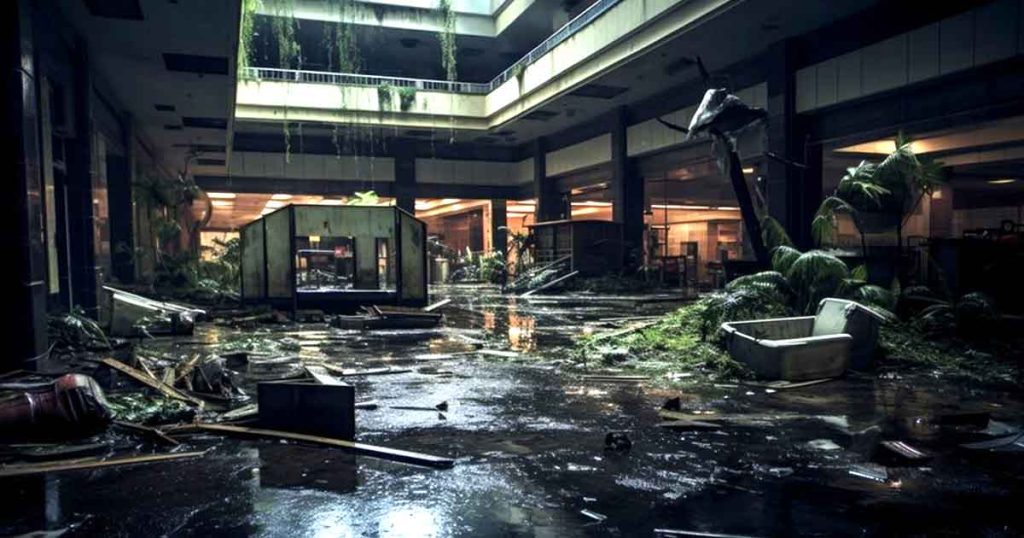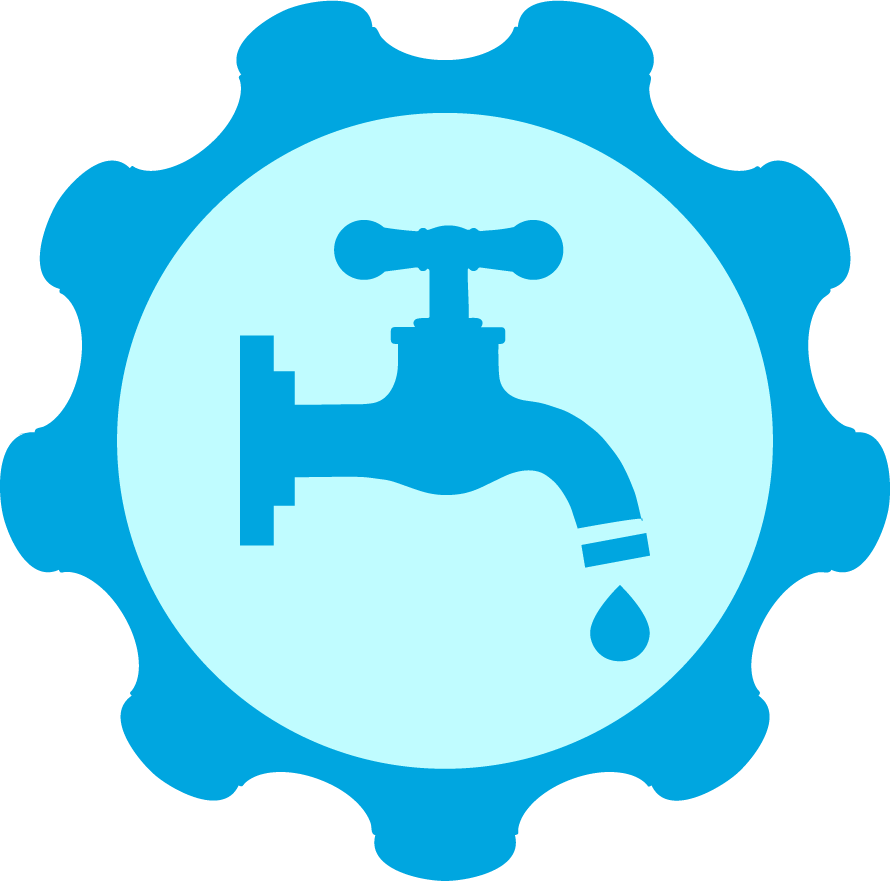Understanding the Types of Water Contamination After a Flood

Experiencing a flood in your home can be overwhelming and hazardous, resulting from a minor basement leak or a major weather disaster. Beyond the structural damage water can cause, one of the most serious concerns is water contamination, which can pose significant health risks if not appropriately addressed.
Floodwater often carries harmful pollutants, bacteria, and toxins that vary in severity based on the source of the water. Understanding the different types of water contamination can help you respond appropriately and determine when professional help is needed. Here’s a closer look at the three primary categories of water contamination that occur during floods and why it’s critical to handle each situation differently.
Table of Contents
Category 1: Clean Water – The Least Harmful Floodwater
Clean water, often referred to as Category 1 water, is floodwater that originates from a sanitary source and poses minimal health risks when handled quickly. Although it might seem harmless initially, standing clean water can become a health hazard if not addressed within 48 hours.
Sources of Clean Water Flooding:
- Leaking water supply lines
- Overflow from toilet tanks (not from the bowl)
- Melting snow or rainwater leaks
- Appliance malfunctions (e.g., water heaters, dishwashers)
Potential Risks of Clean Water:
- Clean water can rapidly deteriorate into greywater due to bacterial growth if left untreated.
- Prolonged exposure can damage flooring, drywall, and wooden structures.
Safe Cleanup Steps:
- Shut off the water source immediately.
- Use a wet vacuum or mop to remove standing water.
- Disinfect the area using a mild cleaning solution.
- Ensure the space is adequately ventilated with fans and dehumidifiers to prevent mold growth.
Category 2: Greywater – Moderately Contaminated Floodwater
Greywater, or Category 2 water, refers to wastewater that contains moderate contaminants and poses a risk of illness if ingested or improperly handled. Although not as dangerous as blackwater, greywater can still contain bacteria, chemicals, and organic matter.
Familiar Sources of Greywater:
- Overflow from bathtubs, showers, and sinks
- Leaks from dishwashers and washing machines
- Drain water from kitchen sinks (without food waste)
- Minor plumbing backups or overflows
Potential Risks of Greywater:
- It contains pathogens that can cause mild illness upon contact.
- It can promote mold and mildew growth if left untreated.
- Standing greywater can turn into blackwater within 48 hours.
Cleanup Recommendations:
- Wear protective gear (gloves, boots, and face masks) before handling greywater.
- Remove affected materials like carpets and drywall that have absorbed water.
- Disinfect all surfaces thoroughly using EPA-approved cleaning solutions.
- If the affected area is large or includes deep water levels, it’s best to call a licensed plumber for professional assistance.
Category 3: Blackwater – Highly Contaminated and Dangerous
Blackwater, or Category 3 water, is the most dangerous type of floodwater. It is heavily contaminated with sewage, human waste, harmful pathogens, and possibly toxic chemicals. If not handled properly, exposure to blackwater can lead to serious infections and severe health hazards.
Familiar Sources of Blackwater:
- Sewage backups or toilet overflows involving waste
- Broken septic tanks or sewer line failures
- Floodwaters from rivers, lakes, or storm surges
- Water from natural disasters like hurricanes or heavy rainfall
Health Hazards of Blackwater:
- Contains bacteria, viruses, parasites, and toxins.
- Direct contact can lead to gastrointestinal infections, skin diseases, and respiratory issues.
- Blackwater contamination often requires removing porous materials like carpets, drywall, and insulation.
Professional Cleanup Recommendations:
- Do Not Attempt DIY Cleanup – Handling blackwater requires specialized training and protective equipment.
- Isolate the area and restrict access until professional help arrives.
- Call a licensed plumber or water damage restoration specialist to handle the cleanup safely and effectively.
How to Stay Safe When Dealing with Floodwater Contamination
Regardless of the floodwater category, safety should be your top priority. Follow these essential precautions when dealing with any flood damage:
- Turn Off Electricity: If water levels rise, switch off the power at the main breaker to avoid electrocution.
- Avoid Direct Contact: Always wear protective gear when working in flooded areas.
- Ventilate the Space: Fans and dehumidifiers promote air circulation and reduce moisture buildup.
- Discard Contaminated Materials: Remove porous materials like carpeting and insulation exposed to greywater or blackwater.
- Call a Professional: Contact a licensed plumber for expert assistance when encountering significant flooding or contamination.
Why You Should Call a Professional Plumber After a Flood
While clean water might be manageable with DIY efforts, greywater and blackwater contamination often require professional intervention to ensure thorough cleaning and sanitation.
Benefits of Hiring a Licensed Plumber:
- Expert Assessment: A professional can identify the contamination level and recommend the safest cleanup plan.
- Proper Tools: Industrial-grade equipment for water extraction and sanitation.
- Safe Waste Disposal: Proper handling and disposal of contaminated materials.
- Mold Prevention: Professionals can take measures to prevent mold and mildew after a flood.
PlumberHelp can connect you with licensed and insured plumbers specializing in flood damage cleanup and contaminated water removal. Don’t take risks with your health—reach out to trusted experts for professional service when needed.
Protect Your Home and Health After a Flood
Understanding the three types of water contamination is essential for making informed decisions after a flood. Clean water may seem harmless initially but can turn hazardous if left untreated, while greywater and blackwater present more immediate health risks due to bacterial content and chemical exposure.
If your home has experienced flooding, prompt action is critical. While you can manage minor clean water incidents yourself, greywater and blackwater require professional expertise to ensure your home is safe and fully restored.
Do you need a professional plumber to handle flood damage? PlumberHelp makes it easy to connect with trusted, licensed plumbers in your area who are ready to assist with water damage cleanup and plumbing repairs. Protect your property and health—contact PlumberHelp today!
